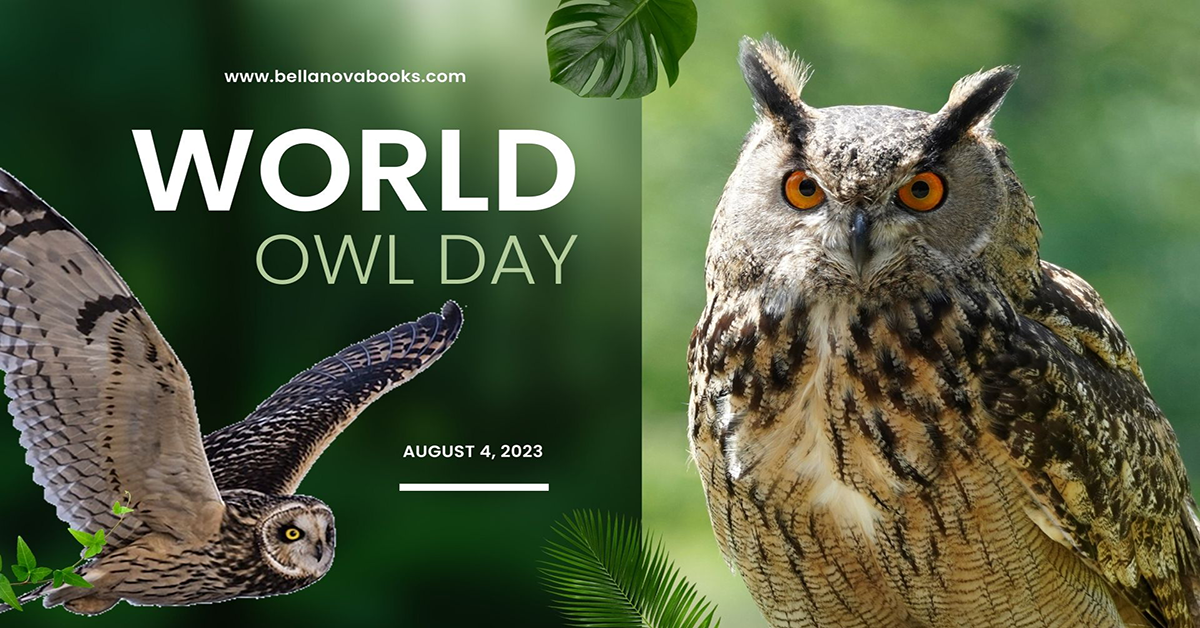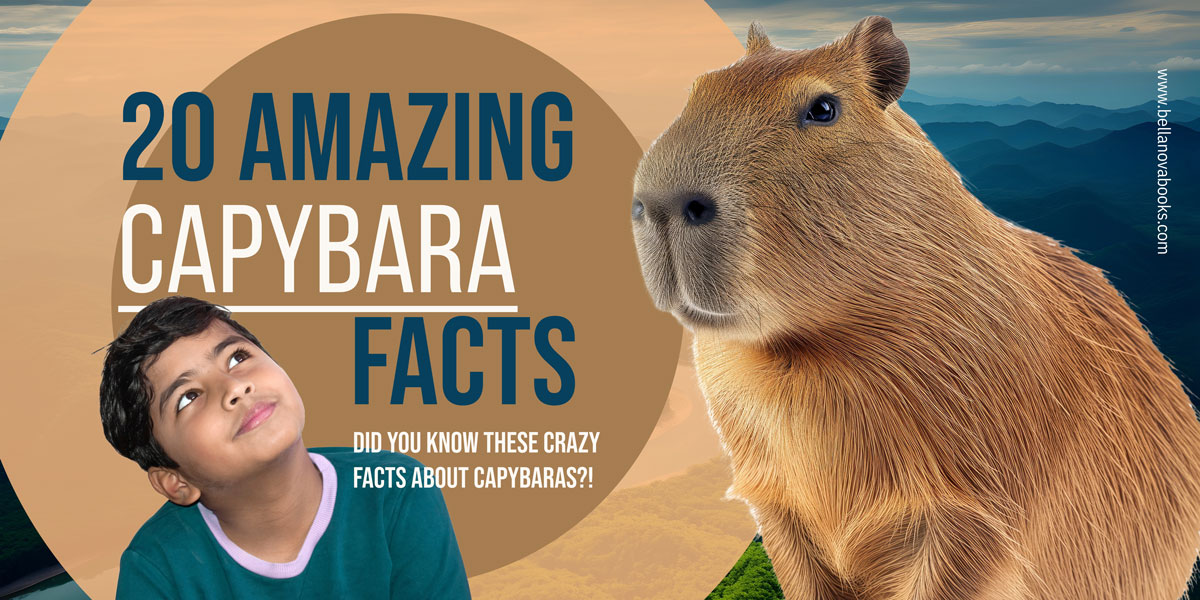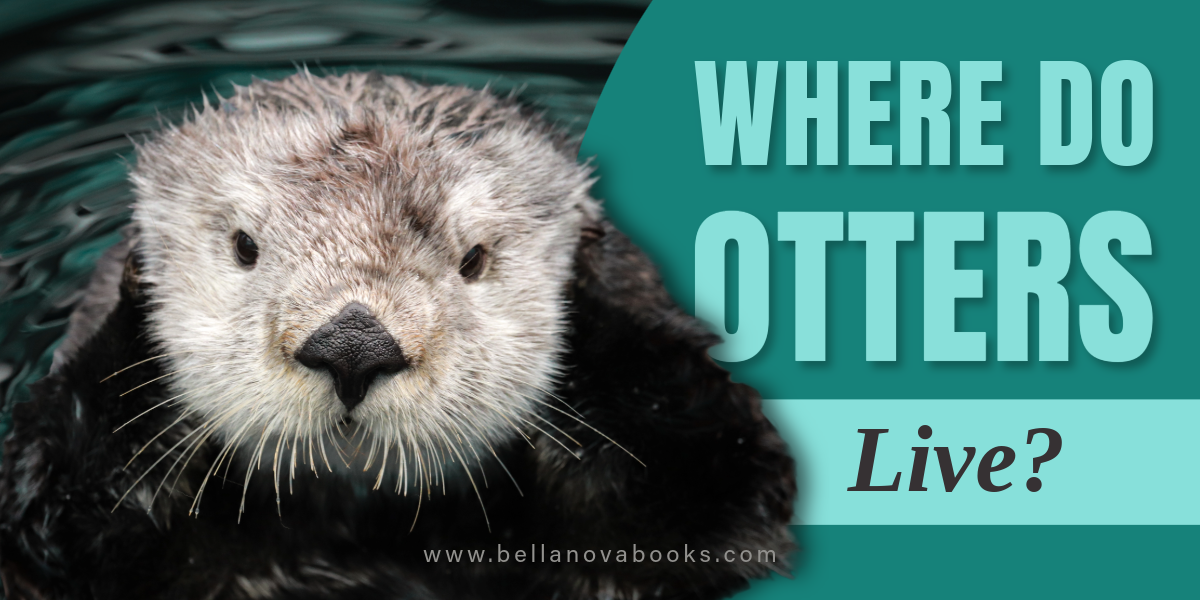
World Owl Day: Why We Need To Protect Owls
World Owl Day is nearly upon us! It’s a special occasion dedicated to celebrating and protecting these majestic creatures that have fascinated us for centuries. With their mysterious nature, unique adaptations, and silent flight, owls have captured our imaginations and earned their place as beloved icons of the night. However, many owl species face threats in our modern world. In this blog post, we will dive into the fascinating world of owls, explore the challenges they encounter, and discuss practical ways we can contribute to their conservation efforts. So, put on your owl-inspired thinking caps, and let’s discover how we can protect these beautiful birds!
The Fascinating World of Owls

Masters of the Night: Owls are nocturnal predators with extraordinary adaptations that enable them to thrive in the darkness. Their keen hearing, silent flight, and exceptional night vision make them formidable hunters. Did you know that an owl’s feathers are uniquely designed to reduce noise and allow them to approach their prey stealthily?
Incredible Adaptations for Survival: Owls possess remarkable adaptations that set them apart from other birds. Their large eyes are perfectly adapted for low-light conditions, and they have an incredible ability to rotate their heads up to 270 degrees. These adaptations aid in locating prey, capturing it with their sharp talons, and maintaining their place as top nocturnal predators.
Owl Species Diversity: The owl family is diverse, with over 200 species inhabiting various regions worldwide. From the diminutive Elf Owl to the magnificent Eurasian Eagle-Owl, each species has its unique characteristics and habitats. Some owls reside in forests, while others prefer deserts, grasslands, or even snowy tundras. The diversity of owls reflects the incredible range of ecosystems they call home.

The Challenges Facing Owls
Habitat Loss and Fragmentation: One of the primary threats to owl populations is habitat loss and fragmentation. Deforestation, urbanization, and land conversion for agriculture have led to the destruction and fragmentation of their natural habitats. As a result, owls face reduced nesting sites, limited prey availability, and increased vulnerability to disturbances.
Human Interference and Disturbance: Human activities can significantly impact owl populations. Disturbances caused by excessive noise, recreational activities in nesting areas, and unauthorized access to roosting sites can disrupt their breeding, feeding, and resting patterns. It is essential for us to minimize our impact on their habitats and respect their need for undisturbed spaces.
Climate Change’s Impact on Owls: Climate change poses additional challenges for owls. Alterations in temperature, precipitation patterns, and ecosystem dynamics can affect the availability of prey, disrupt breeding cycles, and impact their overall survival. Adapting to these changes requires long-term conservation efforts and proactive measures to mitigate the effects of climate change on owl populations.

How We Can Make a Difference
Preserve and Restore Owl Habitats: Protecting and restoring owl habitats is crucial for their long-term survival. Support conservation initiatives that focus on preserving forests, wetlands, grasslands, and other critical ecosystems where owls thrive. Engage in reforestation efforts and advocate for the protection of important owl habitats through local and national conservation policies.
Promote Responsible Outdoor Activities: When venturing into natural areas, practice responsible outdoor activities. Stay on designated trails, avoid disturbing nesting and roosting sites, and follow wildlife viewing guidelines. By minimizing our impact and respecting owl habitats, we provide them with the undisturbed spaces they need to thrive.

Raise Awareness and Educate Others: Spreading awareness about owl conservation is essential for garnering support and inspiring action. Share your knowledge about owls with friends, family, and community members. Organize educational events, participate in citizen science programs, and engage with local schools to promote owl conservation and foster a sense of stewardship for these incredible birds.
Support Conservation Organizations: Numerous organizations work tirelessly to protect owl species and their habitats. Consider supporting these organizations through donations, volunteer work, or participating in their advocacy campaigns. Your contributions can help fund research, habitat restoration projects, and conservation initiatives that directly benefit owls and their ecosystems.

To further celebrate World Owl Day, we have recently released our latest book— The Ultimate Owls Book. This comprehensive book is filled with captivating information, stunning photographs, and fascinating insights into the world of owls. Whether you’re a seasoned owl enthusiast or just beginning your journey of discovery, ‘The Ultimate Owl Book’ is a must-have addition to your collection.
Delve into the pages of this book and learn about different owl species, their unique adaptations, and their crucial role in maintaining ecosystem balance. Discover the secrets behind their silent flight, decipher the meaning behind their haunting calls, and unravel the captivating myths and legends that surround these majestic birds.
‘The Ultimate Owl Book’ is not only a source of knowledge but also a gateway to appreciating and protecting these incredible creatures. With engaging content suitable for all ages, this book is perfect for owl enthusiasts, nature lovers, and curious minds alike. Don’t miss out on this limited-time offer to celebrate World Owl Day!
Conclusion
As World Owl Day is upon us, let’s reflect on the magic and importance of these captivating birds. Owls face numerous challenges, but through our collective efforts, we can make a significant impact on their conservation. By preserving and restoring their habitats, promoting responsible outdoor activities, raising awareness, and supporting conservation organizations, we ensure a brighter future for owls and the ecosystems they inhabit. So, let’s spread our wings and become advocates for these extraordinary creatures. Happy World Owl Day, and remember, even small actions can have a hootin’ big impact!
Further reading
- International Owl Center: Visit the International Owl Center’s website to learn more about owl species, conservation efforts, and educational programs. [Link: https://www.internationalowlcenter.org]
- Owl Research Institute: The Owl Research Institute conducts scientific research on owl populations and provides valuable insights into their behavior and ecology. Explore their website for research updates and educational resources. [Link: https://www.owlresearchinstitute.org]
- The Cornell Lab of Ornithology – Birds of North America: Access comprehensive information about various owl species, including their biology, distribution, and conservation status, on the Cornell Lab of Ornithology’s Birds of North America platform. [Link: https://birdsna.org/]
- The World Owl Trust: The World Owl Trust is dedicated to the conservation of owls and their habitats worldwide. Their website provides valuable information on owl conservation initiatives and ways to get involved. [Link: https://www.owls.org]
- The National Audubon Society: Explore the National Audubon Society’s website to access a wealth of resources on owls, including identification tips, owl-themed events, and initiatives promoting the conservation of birds and their habitats. [Link: https://www.audubon.org]
- Project Owlnet: Project Owlnet is a collaborative effort among researchers and owl banders, focusing on the study and conservation of owl populations across North America. Their website provides insights into owl banding, migration patterns, and ongoing research. [Link: https://www.projectowlnet.org]





